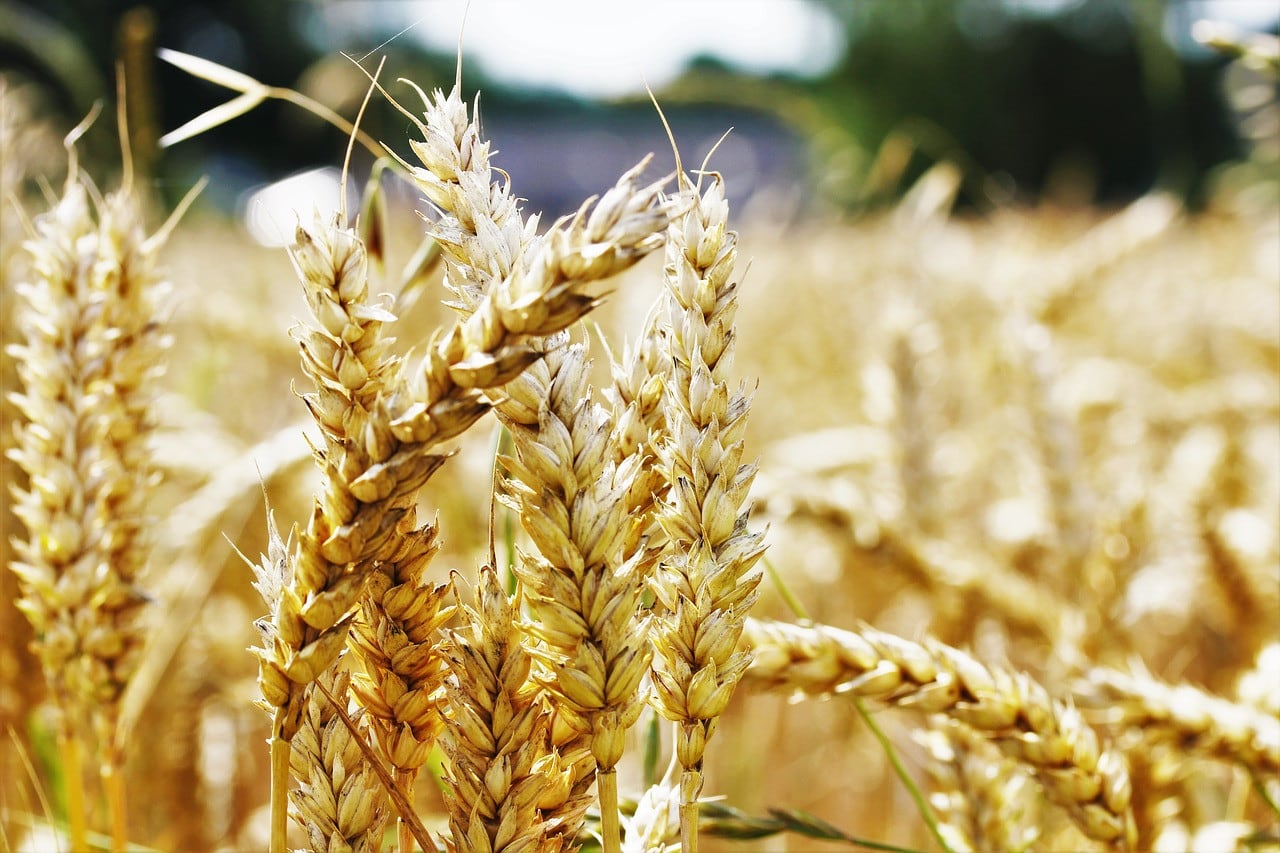Agritech helped Ethiopia leap from famine to wheat exporter amid global challenges

Ethiopia, once known for its recurrent famines, has recently marked a significant turnaround by becoming a net exporter of wheat. This achievement is particularly remarkable given the nation’s susceptibility to climate change and food security crises, says a research article published by Hippolyte Fofack on Ejinsight. The success can be primarily attributed to the adoption of new technologies in agriculture, enhancing crop yields and resilience to extreme weather. The Technologies for African Agricultural Transformation (TAAT) program has played a key role in this transformation, scaling up high-performance agricultural technologies and significantly increasing the cultivation of heat-tolerant wheat varieties.
However, Africa’s food security challenges are exacerbated by unstable global supply chains and geopolitical upheavals, such as the conflict in Ukraine and export bans by major food producers. Ethiopia’s recent self-reliance in wheat production stands as a beacon of hope in a continent where food insecurity often fuels political unrest. The technological deficit and reliance on rainfed agriculture are major challenges in Africa, with low fertilizer use and inadequate irrigation systems contributing to food crises.
To combat these challenges, the continent must shift from traditional rainfed agriculture and embrace technology-driven agricultural practices. Following Ethiopia’s example, Africa needs significant investment in precision-agriculture technologies, water-saving innovations, and high-yield seed varieties. Investments in infrastructure, such as solar-powered irrigation and digital technologies for early-warning systems, are also crucial. Transforming Africa’s agriculture sector with these technologies is key to addressing food security, environmental, and sustainability issues, unlocking the continent’s vast potential in arable land, and achieving greater self-sufficiency and resilience in food production.
Source: Ejinsight



